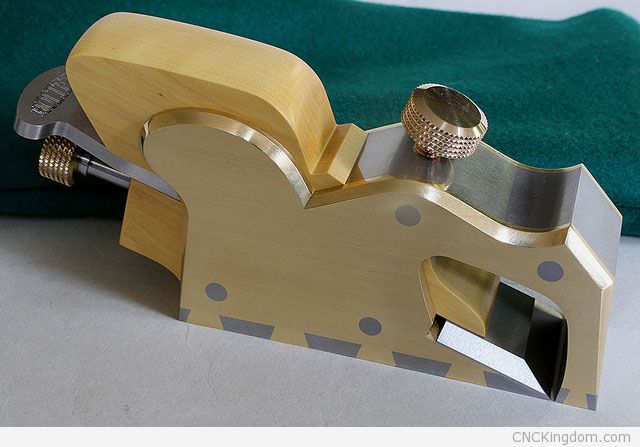Karl Holtey, Owner of Holtey Classic Handplanes (UK)
Karl is the owner of Holtey Classic Handplanes which makes very beautiful and functional handplanes. What I especially like about his website is that he shows the build process behind his masterpieces, something you don’t see too often but it really showcases his shop skills. He makes each and every one of them in his shop. I really like his pencil drafting skills too!
You can find out more about Karl’s company by visiting http://www.holteyplanes.com
Can you give me a bit of background as to how you got into woodworking and eventually how that led you into manufacturing your own planes?
My first interest in woodworking would have been at school. I excelled in all the art and craft subjects and I was short on academic subjects but this was probably due to the fact that I spoke German and everyone else spoke English. This made me a bit of a slow starter in my education. Especially as anything German was not very popular in those days. I had a German father and an English mother.
Being from working class anything to do with art was frowned upon and a ‘proper’ job was required. An apprenticeship was usual. So I started my apprenticeship making office furniture. Since then I have moved around in the wood working industry as I found the skills were disappearing and I was following a fainter and fainter trail to satisfy my goals. I was often criticised by those around me for being too fussy.
During this time I was occupied with various hobbies and this lead me to model engineering with the intention of building miniature locomotives. A lot of time and money was spent on building my workshop and it wasn’t long before I revived my fascination in hand tools gained during my apprenticeship.
One day I came across some fine examples of Norris hand planes which just caught my imagination and I just had to make one.

Your company Hotley Planes offers a wide variety of planes with different infills – can you expand as to what the advantages and disadvantages of each type and which applications they are best used for?
This is really an article on its own. The majority of my customers know what plane they want, so really my range only includes traditional types which have evolved over the years. The wood is mainly cosmetic, most people are purist and don’t accept alternative materials. You may notice from reading my blog that I am trying to move away from these unreliable materials.
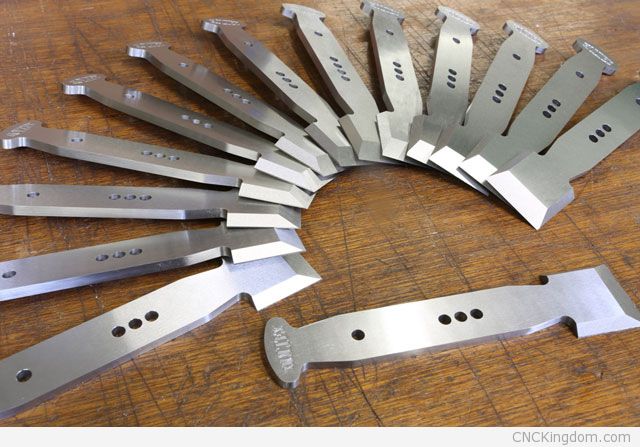
Your planes are very artistic and beautiful while being fully functional. What are some of the design decisions that go into deciding what aspects of a plane are worth the investment in time and money? I could see this quickly becoming an obsession where details and features can be refined endlessly.
A lot of my design decisions were influenced by tradition and over the years I have become more aware of their short comings. I am looking at new designs altogether to eliminate infill planes and I still intend to use fabricated structures and not castings. I am rethinking the ergonomics of a plane and investing more in materials with archival property/longevity. There is a balance between perfection and economy and that is where we all have to draw our own line. Where I have made my own designs as in the 98 series the designing is the biggest proportion of time in making a plane.
The expense in labour makes the material portion miniscule.
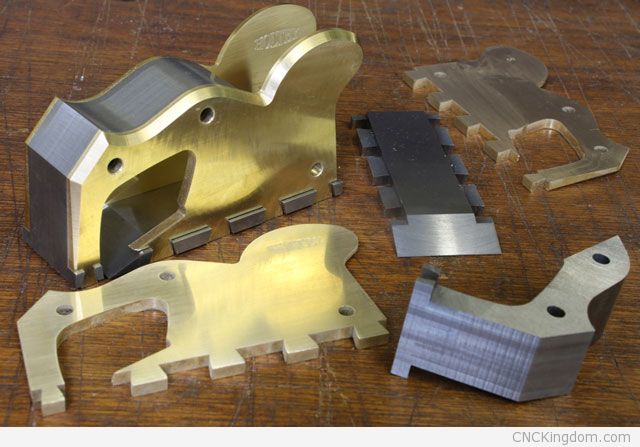
I read through your blog – wow, what an incredible resource! I was astonished by the amount of detail you put into your drawings. I’ve designed over 300 items that are cut with CNCs and most of them start as an idea in my head with very little in the way of drawings beforehand. How important is it to have everything on paper for you before actually getting into CAD and then production?
CAD – no time to learn that. I only have one CNC machine which is a Bridgeport Series II Interact 2. There is no CAD interface, I programme the hard way with an early Heidenhain control unit (I am sure if I opened it up I would find a monkey with an abacas!) . I start with a detail drawing but I change them so much and never get time to update them. A CAD would be useful but I am getting to be old dog now.
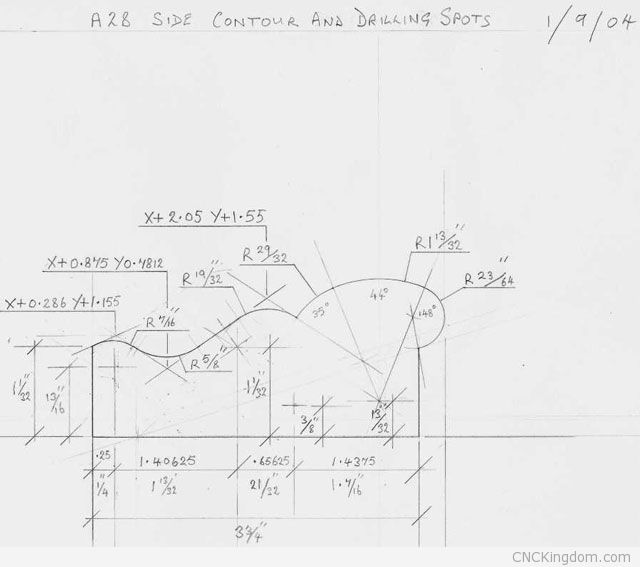
How do I know if the plane I have or want to get is of good value or a piece of junk? Any red flags that I should watch-out for?
Apart from the practicality and value no-one is going to buy a bespoke plane without the wow factor.
Everything has to work, sometimes the plane might work well but something could be sharp in the hand or not feel comfortable. I do feel that when it comes to selling a plane that the aesthetics tend to shine more than the ergonomics. It is very difficult to please everybody. One of the most critical areas lays in the infill planes, such as dimensional instability – nightmare stuff. It depends on how dry the wood is, if it is too dry then the wood will expand where there is humidity and then shrinks in an arid environment.
In the case of an infill plane it has a big influence on its structure and integrity. If I had my way I wouldn’t use wood. Due to demand I am forced to use it, so I sleeve my rivets with brass or stainless steel. The sides of the plane are then supported if the wood shrinks.
I was horrified to discover that some makers do not use sleeves/spacers where there are rivets and insisted that their wood is properly dried/seasoned – there is no such thing, as wood is not static and will respond to new environments and changes. I have seen planes made with lovely dry wood and their sides have burst due to the change in humidity. The humidity in the Highlands of Scotland is between 50 and 60%, and I have customers in Arizona.
When a plane body is dovetailed and peined you are loading the structure with stress so if you allow any movement or change the structure will change its contour. This is a complicated subject on its own.
The detail in my work would suggests a lot of hidden work – which is very much the case. A well known tool manufacturer said that the trouble with my planes is that most of my work is hidden. All the work is in the preparation.
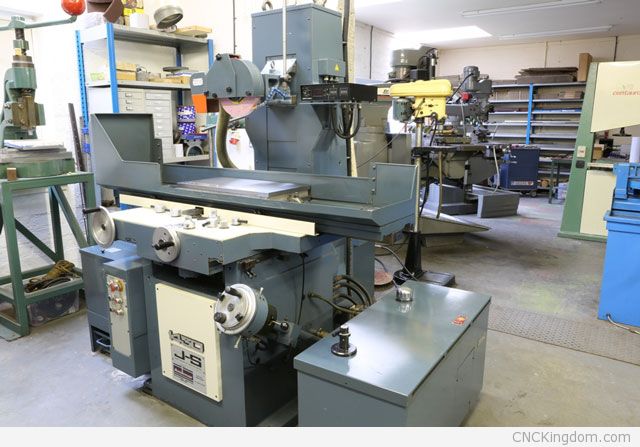
Red flags – are the rivets in the plane through metal spacers? Is the plane bottom flat? Detail and standard of work – if the detail is sloppy and untidy that is a big red flag.
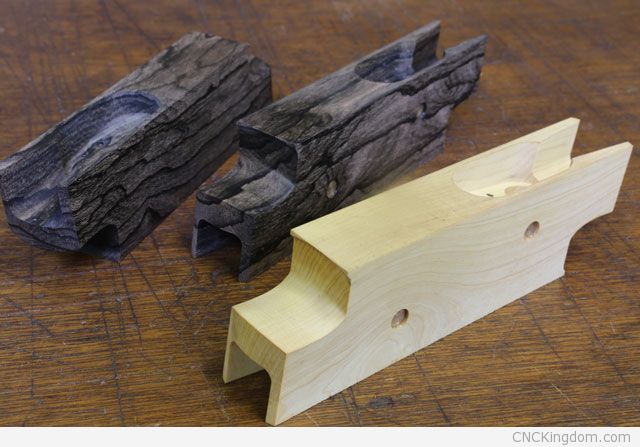
It seems, from an oursiders point of view, that hand planes have been stuck in the 15th century for centuries. What kind of innovations have happened in the field and what kind of opportunities does modern machinery present to one of the oldest tools in the woodworking industry?
Yes, you are quite right. But to make big changes is like reinventing the wheel. Machines only make the makers life easier and do a more precise and accurate job. There are better materials available now but customers and romantics reject them. With this kind of product you can’t walk away from hand work – it is always there. I always use the best resources available. The purists/flat earthers think that if a machine is involved the product is inferior.
Most of my efforts are in design now. I would like to put my limited knowledge and experience to the best use and move on from tradition. However, my customers keep my feet firmly on the ground as I do have to make a living. No matter how much I swing towards innovation I always try to keep an air of tradition and keep the styling classic. I believe this is more synonymous with quality.
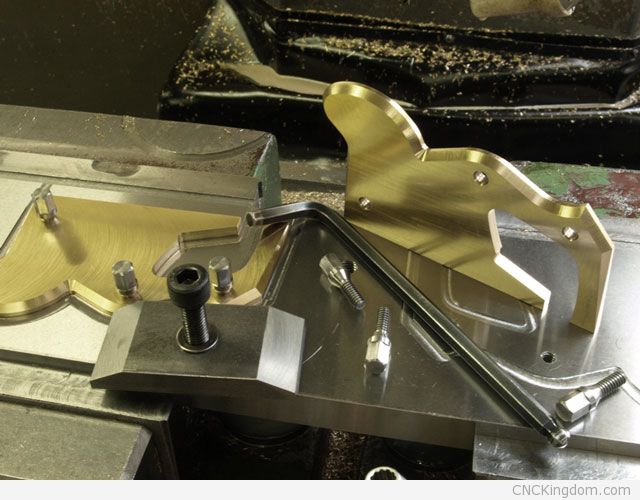
Anything else you’d like to add Karl?
The trouble with making this kind of product will always be the price; millionaires don’t get their hands dirty. The majority of my customers sacrifice hard earned money to buy a plane or two. Normally you only get what you pay for, but I feel that expensive as they are I still offer more.
